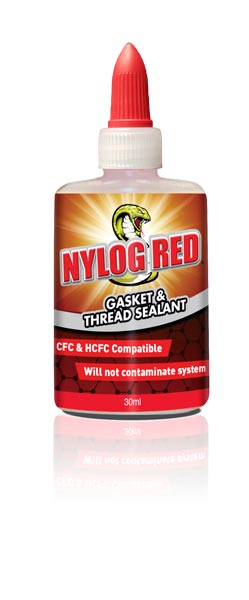- Jul 12, 2017
- 2,411
- 1,382
- 173





Big split wire loom cover? Clear plastic hose from ACE hardware?On the ac hose rubbing issue, maybe get a bicycle tube patch, cut it down and glue it to the hose cover?
On the ac hose rubbing issue, maybe get a bicycle tube patch, cut it down and glue it to the hose cover?
That's the ideaI like that idea. Just on the bottom out of sight.

I bought enough R12 to refill the system on my '86. It held a vacuum for 24 hours, but once filled, the R12 leaked out!Too late now. System is full of mineral oil so I’m committed.
I’d say yes normally, except I have enough R12 to fill the system 3-4 times. Based on my limited ac knowledge, R12 is more efficient, and a physically larger molecule size thank 134a ( 10x larger) so it shouldn’t be as prone to leaks.
Plus I like the idea of having a functional R12 system. How many of those exist?
I bought enough R12 to refill the system on my '86. It held a vacuum for 24 hours, but once filled, the R12 leaked out!
Bill

 www.refrigtech.com
www.refrigtech.com
Thanks, I learned something new today. Curious how are you going to fill the system with nitrogen?



$50 pump with $400 gauge for the win.
I looked it up.... I'm going to have to save up a fee more pennies. I really like the graphing capability. How many people can say they have a Bluetooth vacuum gauge ?




